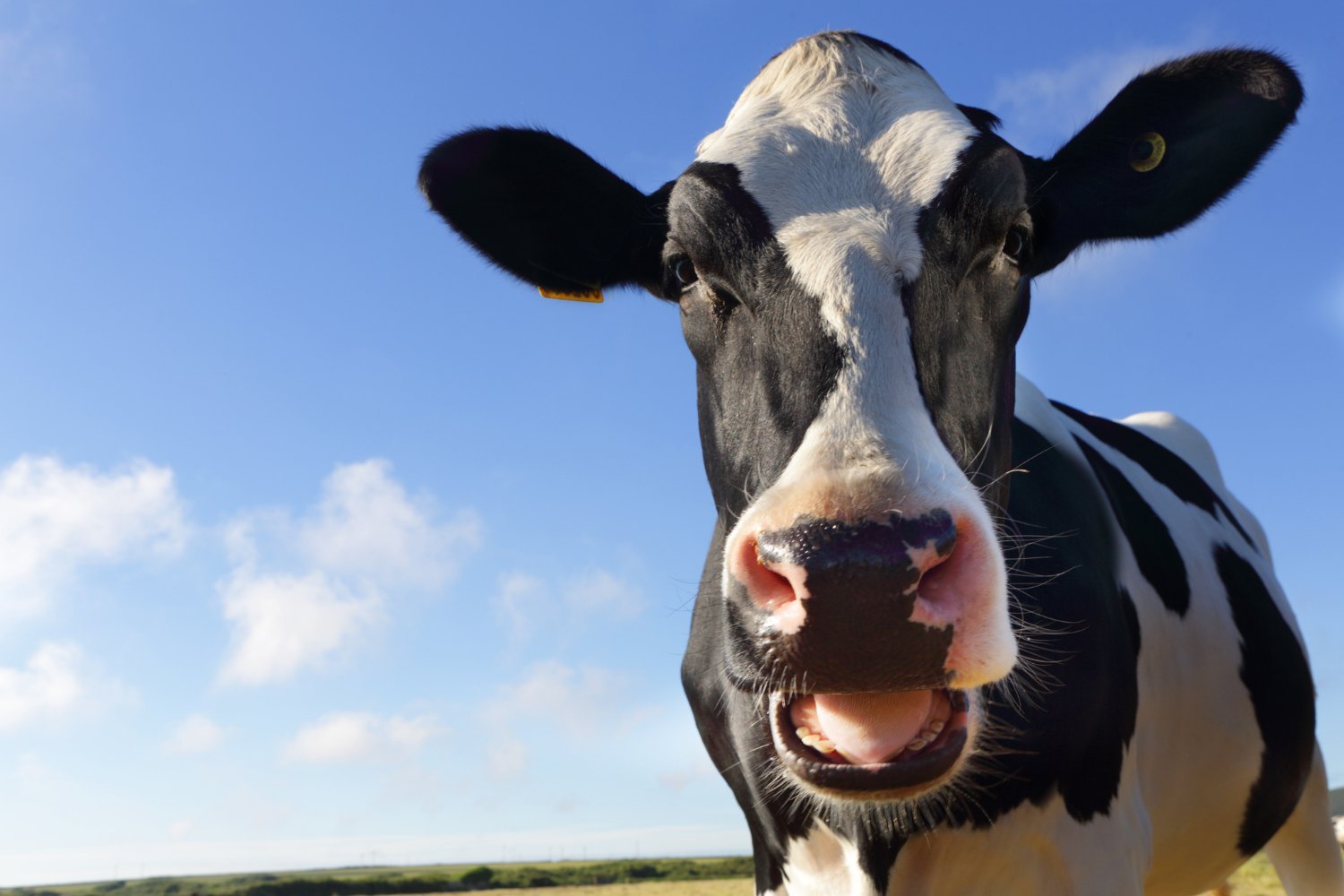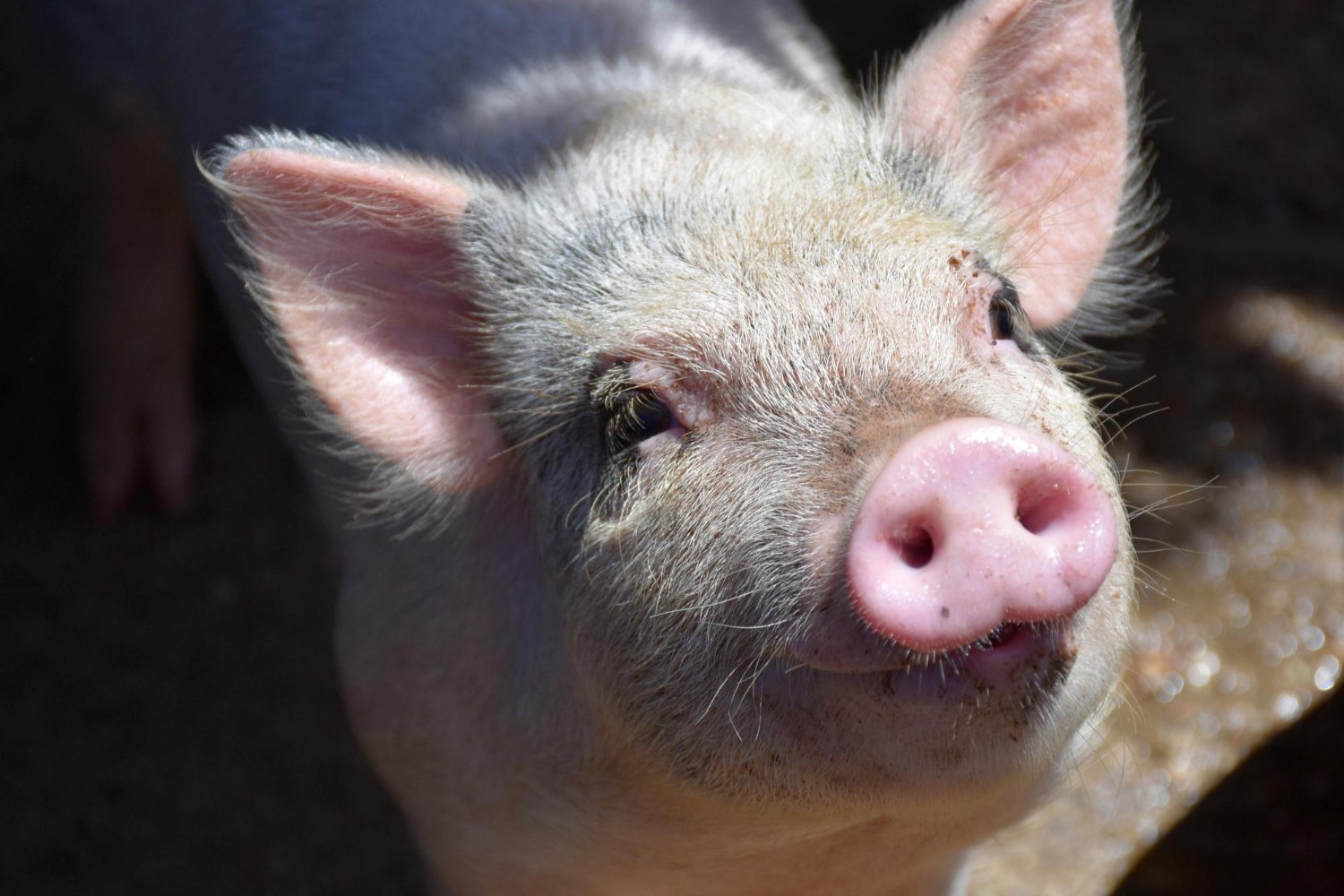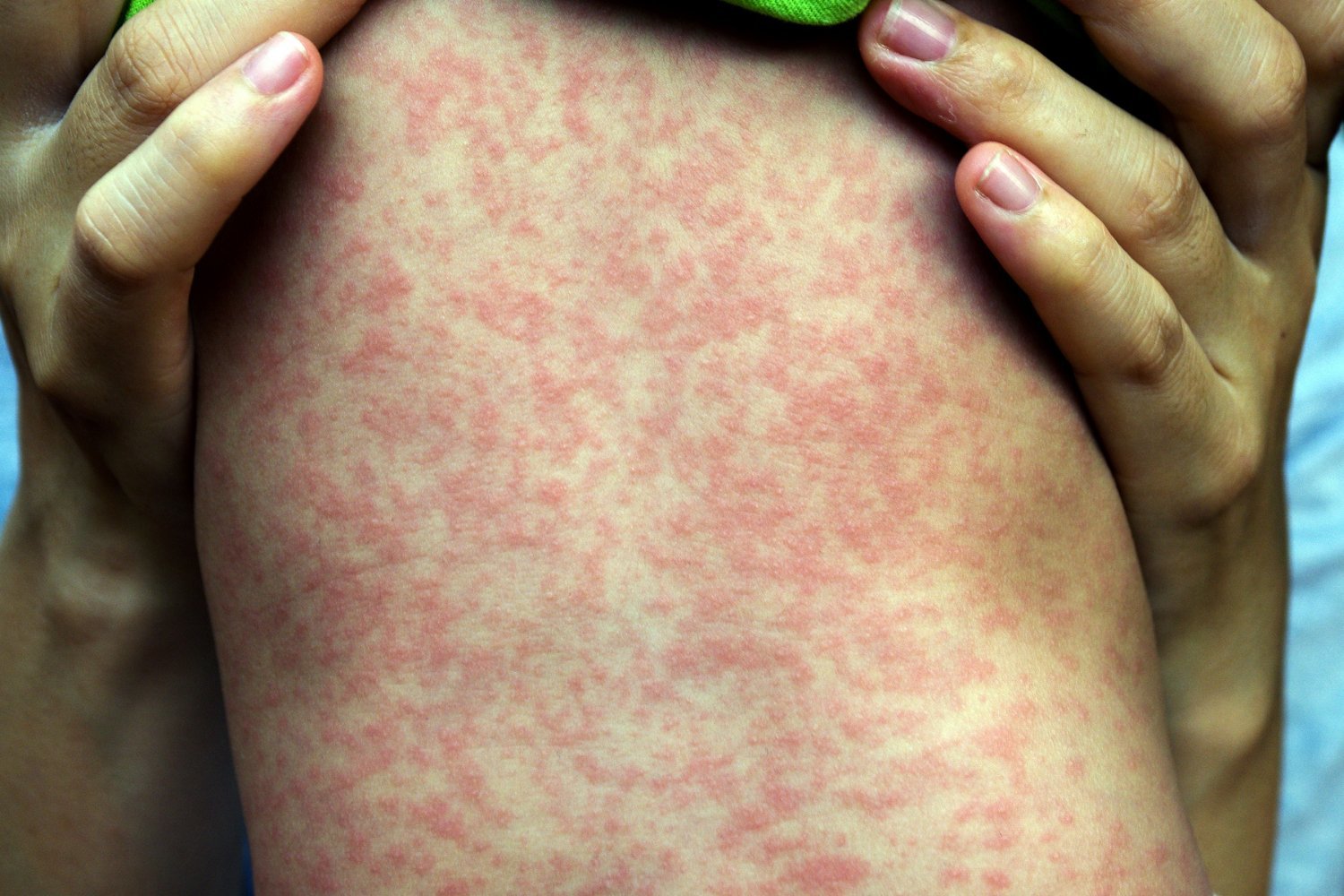The H5N1 bird flu virus continues to evolve and spread, raising concerns about its potential impact on human health. The Centers for Disease Control and Prevention (CDC) recently confirmed a new case of H5N1 in Nevada, marking the first human infection in the state. This case is particularly significant because it involves the D1.1 genotype of H5N1, which likely spread from infected dairy cows to a farm worker.
H5N1, also known as highly pathogenic avian influenza, initially jumped from wild birds to dairy cows in early 2024. Since then, outbreaks have been reported in cows across 16 states, with occasional spillover events into other mammals, including cats and humans. The virus continues to decimate wild bird populations and poultry flocks.
The first genotype of H5N1 to infect cows, B3.13, caused relatively mild illness in both cows and humans. However, the emergence of the D1.1 genotype presents a new challenge. Earlier this month, officials identified D1.1 in cows at a Nevada dairy farm. The infected farm worker had direct contact with these sick cows before developing conjunctivitis. Confirmation that the worker’s infection was also D1.1 strongly suggests cow-to-human transmission. This marks the 68th human case of H5N1 in the U.S. since 2024.
The D1.1 genotype is now the dominant strain circulating in wild birds, and there have been sporadic human infections linked to bird exposure. In January, a Louisiana resident who had contact with infected backyard chickens and wild birds contracted D1.1 and tragically died. This marked the first human fatality related to H5N1 in the current U.S. outbreak. Last November, Canada reported its first human H5N1 case involving a teenager believed to have contracted D1.1 from wild birds. The teenager was critically ill but ultimately survived.
The recent cases in cows and the Nevada farm worker are concerning for multiple reasons. They demonstrate that H5N1 has made the jump from birds to cows at least twice and that D1.1 can spread from cows to humans. Furthermore, the USDA has identified a mutation in the cow-derived D1.1 strains that enhances mammalian adaptation, potentially making it easier for the virus to infect and sicken mammals.
While there is no evidence of sustained human-to-human transmission of any H5N1 genotype, the situation remains precarious. The continued circulation of these flu viruses among various species increases the likelihood of a new, highly adaptable strain emerging. Such a strain could potentially trigger the next major epidemic or pandemic.
While current H5N1 infections remain relatively rare in humans, the ongoing evolution and spread of the virus warrant close monitoring and continued research to mitigate the risks posed to public health. Further research is crucial to understand the full implications of the D1.1 genotype and its potential for human-to-human transmission.










